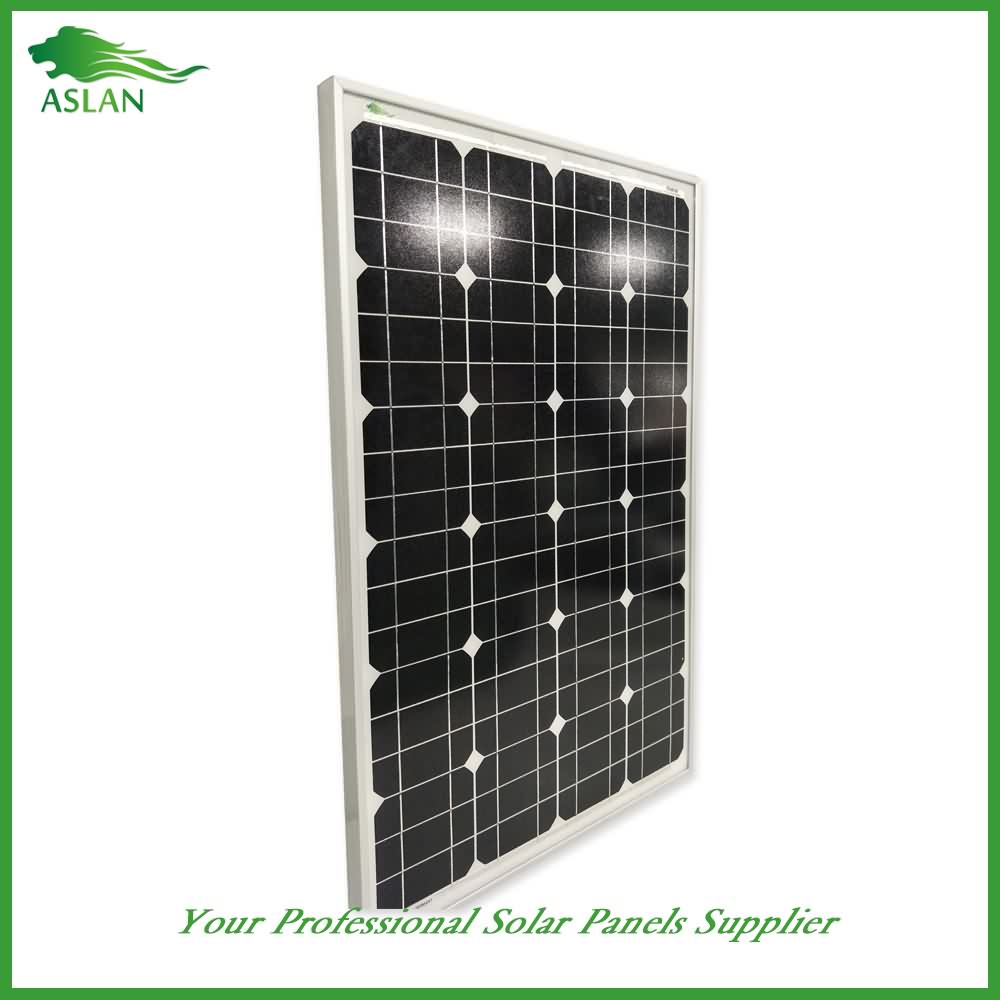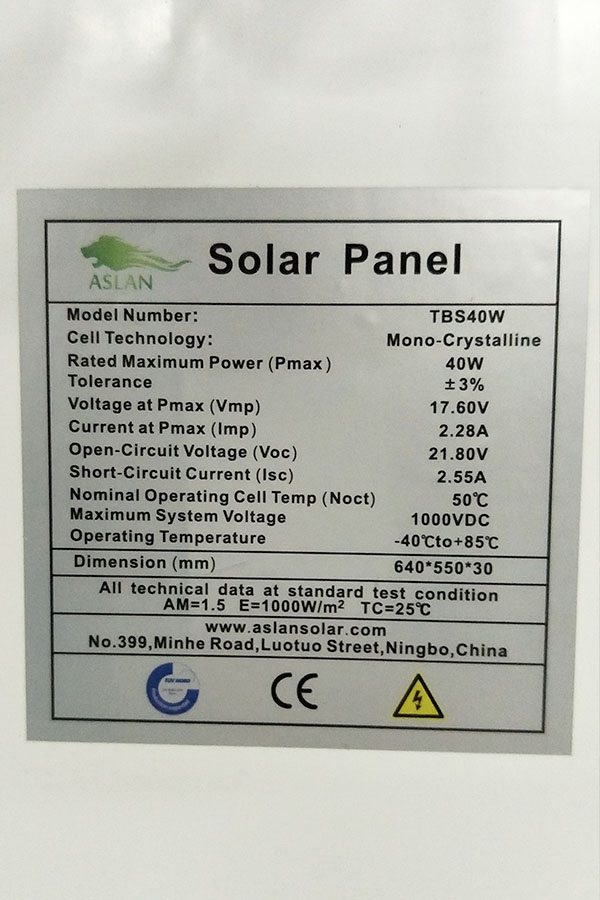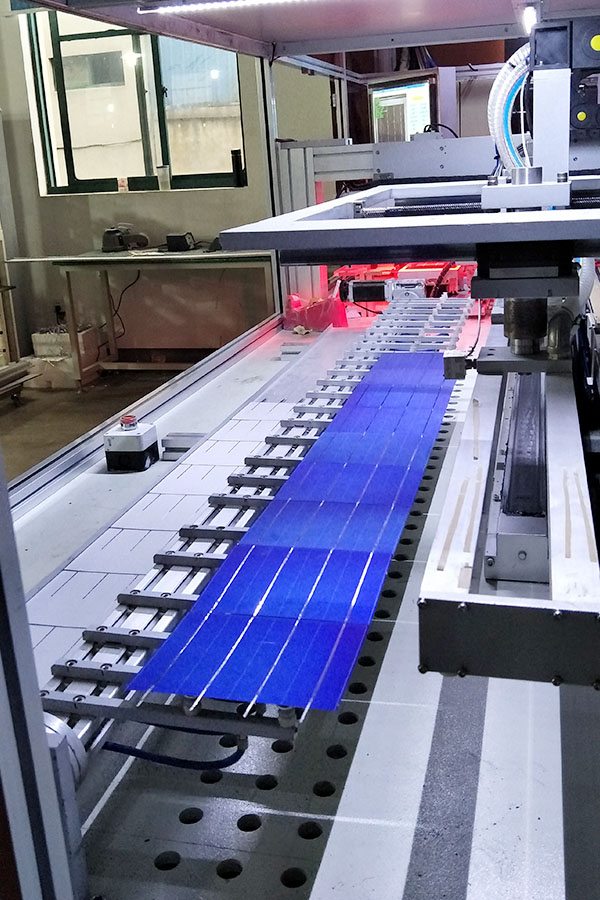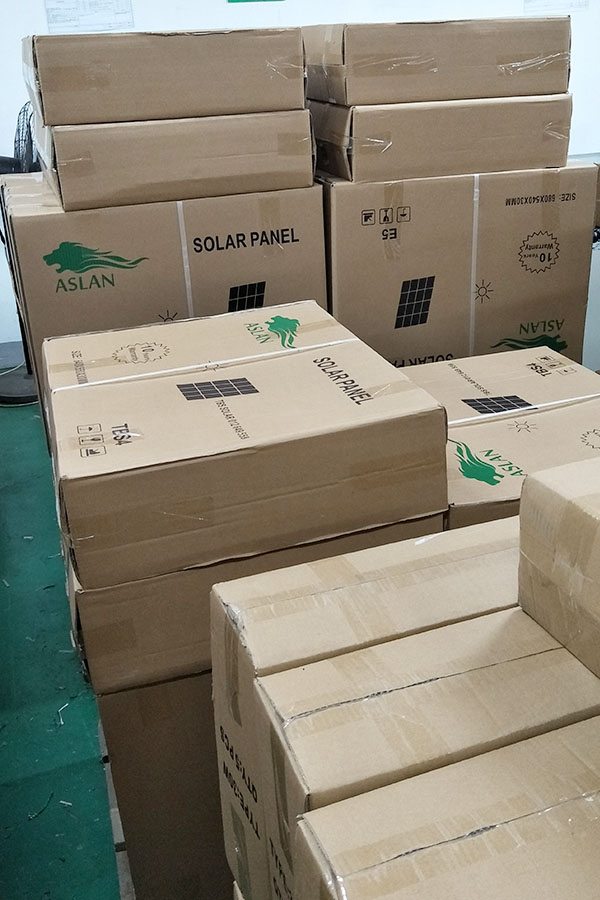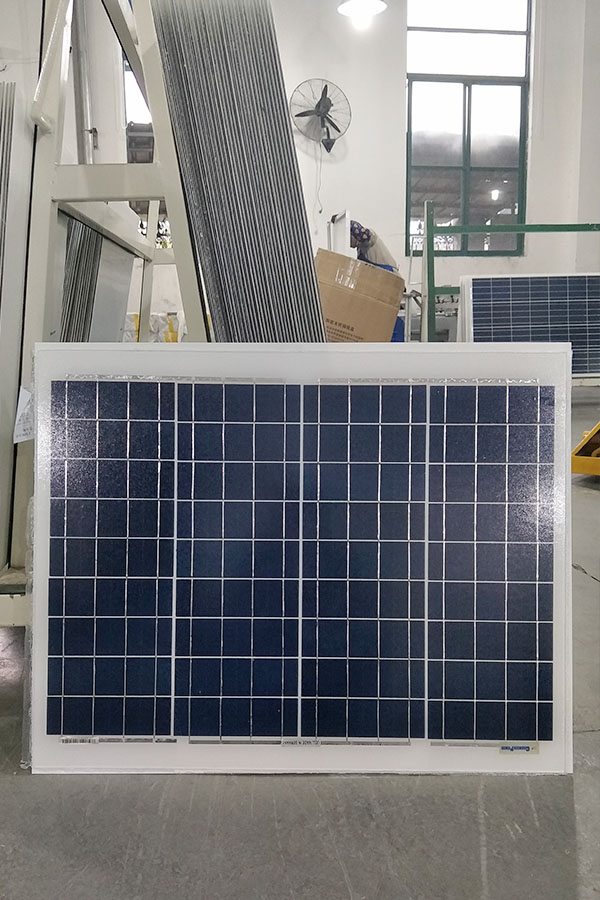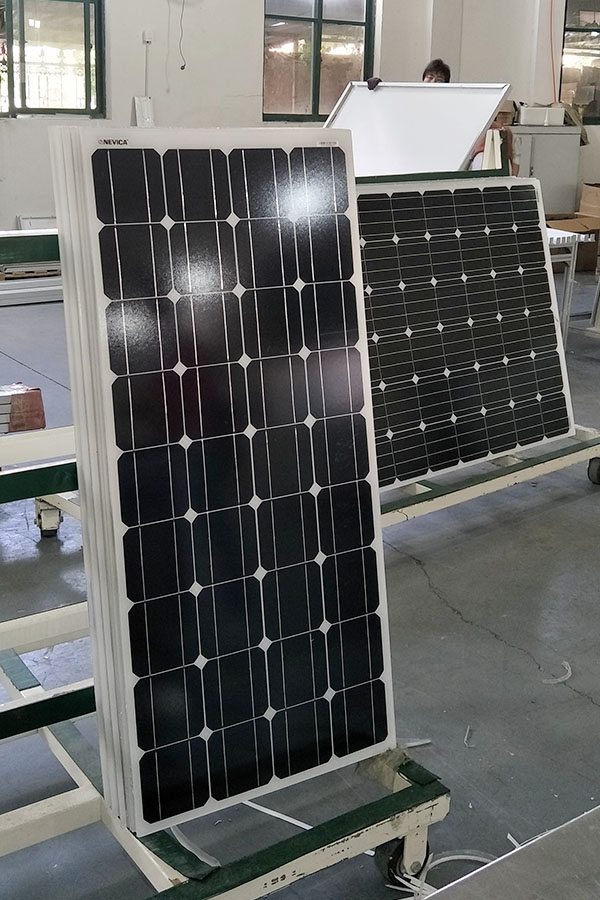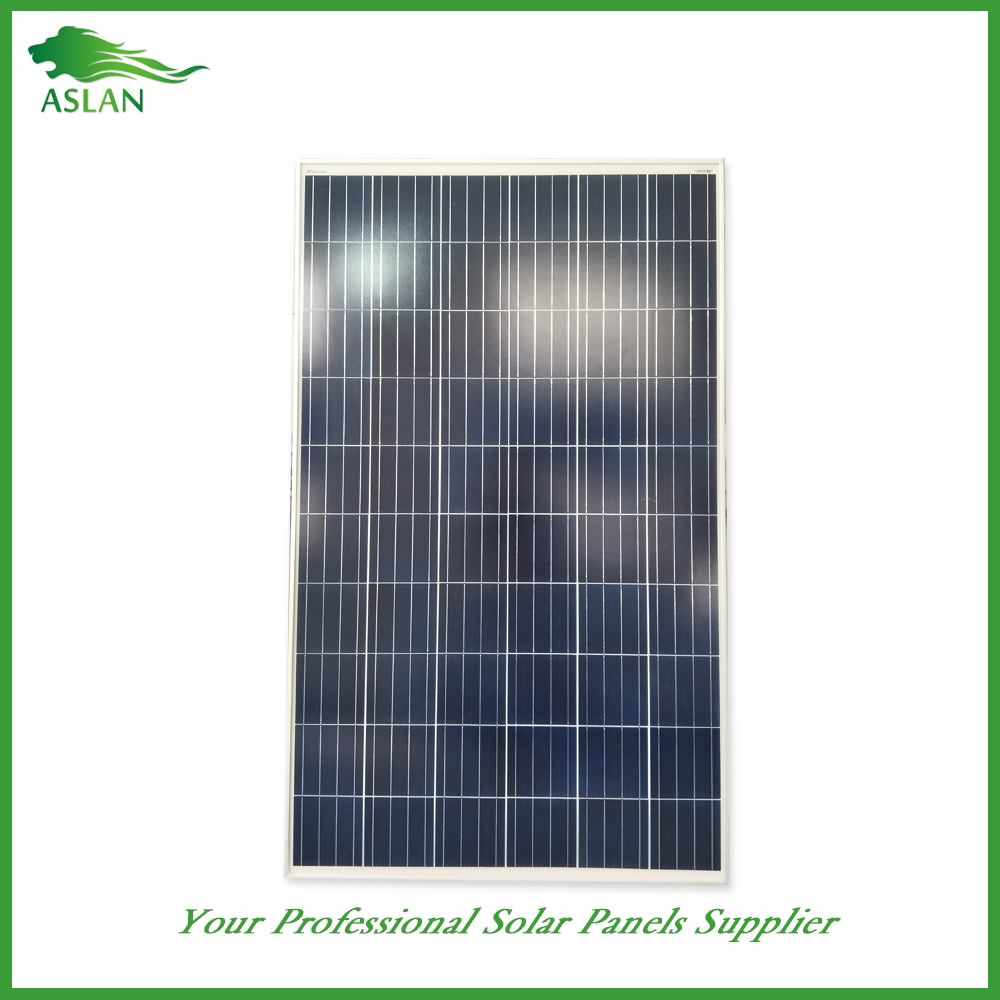Top Suppliers Mono-Crystalline 80W Solar Panel to Slovak Republic Factory
Short Description:
We will make every effort to be outstanding and perfect, and accelerate our steps for standing in the rank of international top-grade and high-tech enterprises for Top Suppliers Mono-Crystalline 80W Solar Panel to Slovak Republic Factory, Your inquiry will be highly welcomed and a win-win prosperous development are what we are expecting.
Mono-Crystalline 80W Solar Panel
Technical parameter
Maximum Power(W) 80W
Optimum Power Voltage(Vmp) 15.90V
Optimum Operating Current(Imp) 5.03A
Open Circuit Voltage(Voc) 18.58V
Short Circuit Current(Isc) 5.59A
Mechanical Characteristics
Cell Type Monocrystalline 125x125mm (5 inch)
No of Cell 36 (4x9pcs)
Dimensions 906x670x35mm
Weight 7.2KGS
Front Glass 3.2mm,High Transmission, Low iron, tempered Glass
Junction box IP65 Rated
Output Cable TUV 1×4.0mm2/UL12AWG,Length: 900mm
Temperature and Coefficients
Operating Temperature(°C): -40°C ~ + 85°C
Maximum System Voltage: 600V(UL)/1000V(IEC) DC
Maximum Rated Current Series: 15A
Temperature Coefficients of Pmax: -0.435%
Temperature Coefficients of Voc: -0.35%
Temperature Coefficients of Isc: 0.043%
Nominal Operating Cell Temperature (NOCT): 47+/-2°C
Materials of solar panel
1).Solar Cell——Mono-crystalline solar cell 125*125mm
2).Front Glass——-3.2mm, high transmission, low iron, tempered glass
3).EVA——-excellent anti-aging EVA
4).TPT——-TPT hot seal made of flame resistance
5).Frame——anodized aluminum profile
6).Junction Box——-IP65 rated, high quality, with diode protection
Superiority: high quality anodized aluminum frame, high efficiency long life, easy installation, strong wind resistance, strong hail resistance.
Features
1. High cell efficiency with quality silicon materials for long term output stability
2. Strictly quality control ensure the stability and reliability, totally 23 QC procedures
3. High transmittance low iron tempered glass with enhanced stiffness and impact resistance
4. Both Polycrystalline and Mono-crystalline
5. Excellent performance in harsh weather
6. Outstanding electrical performance under high temperature and low irradiance
Quality assurance testing
Thermal cycling test
Thermal shock test
Thermal/Freezing and high humidity cycling test
Electrical isolation test
Hail impact test
Mechanical, wind and twist loading test
Salt mist test
Light and water-exposure test
Moist carbon dioxide/sulphur dioxide
Last week I happened upon videos about kitchen lithography. It got me very excited! I couldn’t wait to try the process out for myself. But, what occurred to me was that it was the acidic properties of cola that was responsible for the etch. This led me to believe that white vinegar might be a more practical alternative to etch with. Practical in the sense that it’s just as acidic as cola, can be re-used many times, thereby becoming more cost effective. As you can see by the results on the video, the process works equally as well using white vinegar as the etch instead of cola. Here is a list of the materials you’ll need to do the process yourself:
1. Heavy Duty aluminum foil (Use dull side to work on)
2. Gloves
3. Litho crayon
4. Piece of plexi-glass
5. Vegetable oil
6. Paper towels
7. Plastic tub
8. White vinegar
9. Water
10. Etching or relief ink
11. Brayer
12. Sponges
13. Trays for water
14. Paper
15. Spoon or etching press
I plan to try more experiments using white vinegar in the future. Will post more results for you to see.
P.S. I had two semesters of lithography at community college so I know what I’m talking about. ![]() (ha ha!)
(ha ha!)
DIY Home Energy System – Visit http://tinyurl.com/HomeEnergyDIY
